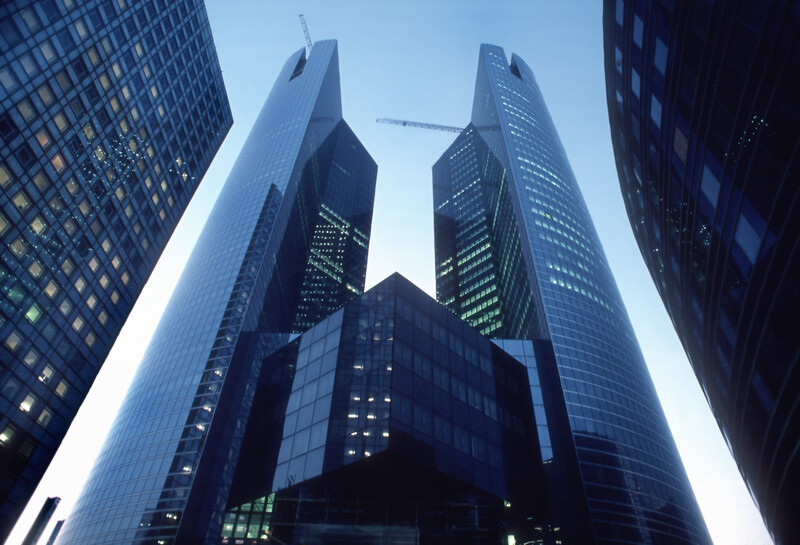Le groupe mutualiste BPCE vient de publier ses excellents résultats du troisième trimestre 2021, confirmant la tendance générale pour les banques, qui tirent les bénéfices de la reprise économique. Pourtant, l’heure est toujours à la prudence.
Le bénéfice net a doublé en un an
Au troisième trimestre 2021, le groupe BPCE, qui regroupe les réseaux Caisse d’Epargne et Banque Populaire, a enregistré un bénéfice net de 1,3 milliard d’euros, soit le double de l’an passé.
Le produit net bancaire de BPCE a augmenté de 14,4 % au 3ème trimestre 2021, atteignant la somme de 6 293 millions d’euros, et de 15,5 % sur les 9 premiers mois de l’année, pour un montant total de 18 758 millions d’euros.
Entre les 9 premiers mois de 2019 et les 9 premiers mois de 2021, le produit net bancaire a augmenté de 7,5 % : les résultats de BPCE sont donc meilleurs qu’avant l’arrivée de la crise sanitaire, preuve que le groupe semble s’en être totalement relevé.
Une certaine prudence malgré des résultats encourageants
Le pôle Banque de proximité et Assurance et le pôle Global Financial Services, ce dernier regroupant la banque de grande clientèle et la gestion d’actifs et de fortune, ont tous les deux enregistré des résultats en hausse.
Ainsi, le pôle Banque de proximité et Assurance a vu ses revenus progresser de 7,2 % au 3ème trimestre 2021, et de 7,5 % sur les 9 premiers mois de l’année. Quant au pôle Global Financial Services, il a enregistré une hausse des revenus de 22,2 % au 3ème trimestre 2021, et de 27,6 % sur les 9 premiers mois de l’année, pour des montants respectifs de 1 758 millions d’euros et de 5 242 millions d’euros.
« La dynamique commerciale a été forte ce trimestre dans tous nos métiers qui ont su, dans ce contexte de relance, accompagner les projets de tous nos clients. Au plus près des territoires et de leurs clients, les Banques Populaires et les Caisses d’Epargne ont délivré à nouveau une croissance très solide, notamment dans l’assurance ou en crédit à la consommation », a déclaré Laurent Mignon, président du directoire du groupe BPCE, dans un communiqué de presse.
Toutefois, le groupe BPCE veut rester prudent, et conserve « une politique de provisionnement toujours prudente » face au risque d’impayés. Cette stratégie explique que le coût du risque, s’il a considérablement diminué en un an, avec une chute de 41,5 % au troisième trimestre 2021, reste plus élevé pour les 9 premiers mois de l’année qu’à la même période en 2019, avec une hausse de 25,2 %.
